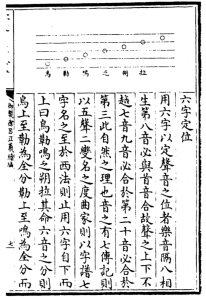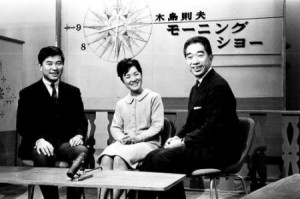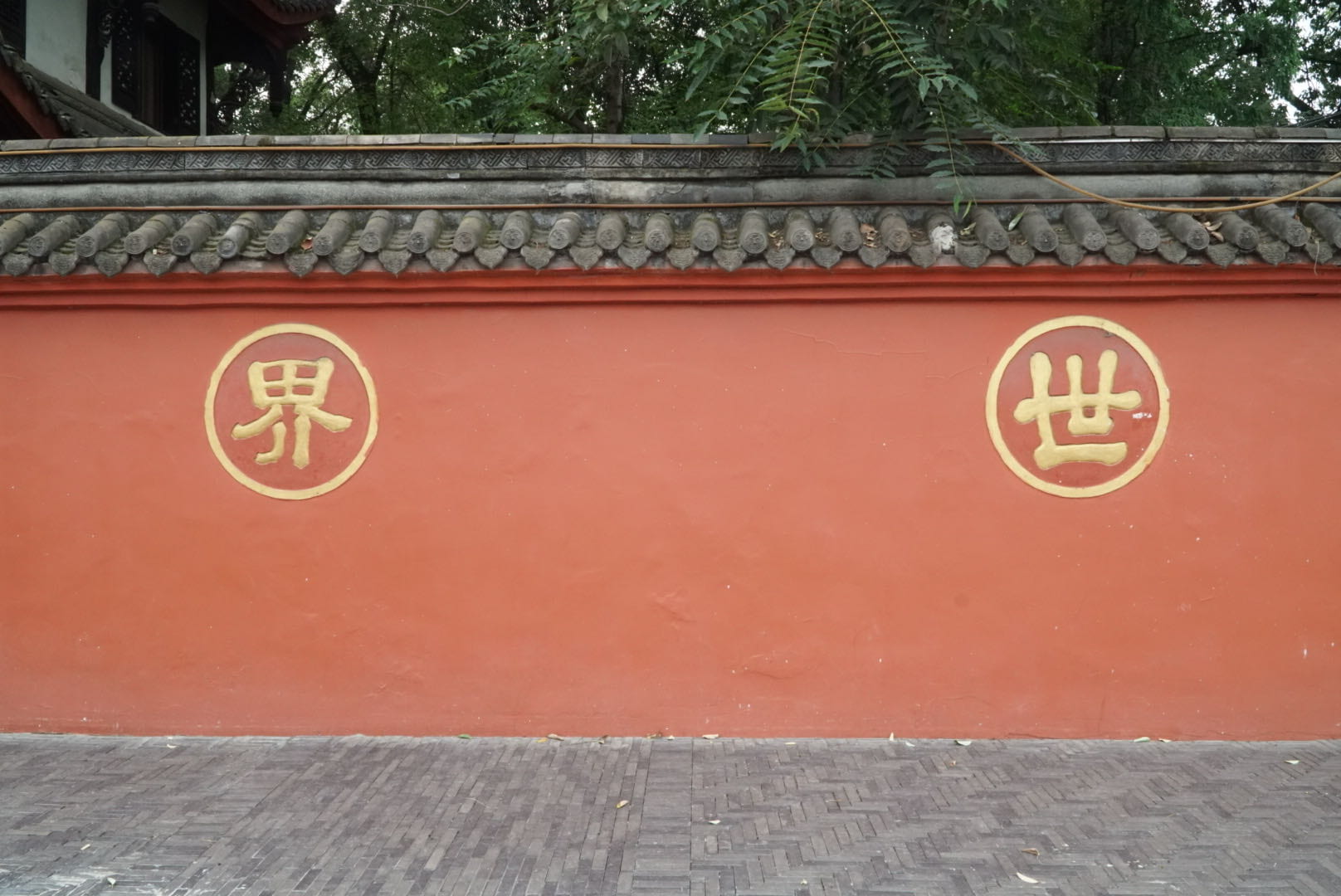Category Archives: Art
Thursday, February 15th: Dan Knorr, “A City of Springs: Local Geography and Imperial Presence in High Qing Jinan”
Dan Knorr
PhD Candidate, Department of History
“A City of Springs: Local Geography and Imperial Presence in High Qing Jinan”
Thursday, February 15th, 4-6pm,
Social Sciences Tea Room [SSRB 201]
Discussant: Alex Jania [PhD Student, Department of History]
Please join the East Asia: Transregional Histories workshop in welcoming Dan Knorr as he presents a draft of the first dissertation chapter, titled “A City of Springs: Local Geography and Imperial Presence in High Qing Jinan.” He has provided the following abstract:
Since the Ming Dynasty (1368-1644) Jinan has been the capital of Shandong Province in eastern China. Despite its political preeminence in the late imperial period, the city boasted neither of the two most important cultural sites in the province: Mt. Tai, one of the five sacred peaks of China, and Qufu, the ancestral home of Confucius’ descendants. During the Qing Dynasty (1644-1912), visiting these sites were the primary objectives of the Kangxi (r. 1661-1722) and Qianlong (r. 1735-1796) emperors when they passed through Shandong on their eastern and southern tours. However, along the way, both emperors also visited Jinan and expressed their appreciation for the city’s scenery, including its three most famous sites: Baotu Spring, Thousand Buddha/Li Mountain, and Daming Lake. Their patronization of these sites was part of a larger imperial project of solidifying the patrimonial rule of the Manchu Qing Dynasty over the empire through “encompassing” the cultural values of Han elite. The imperial tours and their material legacies, such as steles and scroll paintings, intersected with a corpus of writings about these sites that was preserved and augmented through the successive compilation of local gazetteers (difang zhi). This included Jinan native Ren Hongyuan’s Baotuquan zhi (Records of Baotu Spring), which he compiled in the years between the Kangxi and Qianlong tours.
Focusing on writings about Baotu Spring and its connection to Jinan’s other famous sites, this chapter accomplishes three goals. First, it adds to our understanding of both writing about local sites and scenery and responses to the imperial tours in North China. As the economic and cultural heart of late imperial China, Jiangnan has understandably received considerable attention from scholars like Tobie Meyer-Fong and Michael Chang who have studied the relationship between cultural production and the consolidation of imperial authority under the Qing. This chapter demonstrates that similar processes also played out in northern China, whose beauty some writers even compared favorably to Jiangnan. However, texts about these sites demonstrate that this history was framed in terms of Jinan’s particular position in-between both the capital in Beijing and Jiangnan and the Grand Canal and Mt. Tai.
Second, this chapter demonstrates that local literature was, in fact, a translocal and political production. Compilations of writings about these sites often included and even gave prominence to the voices of writers who were not natives of Jinan. In many cases these writers were officials who worked in Jinan temporarily but left behind literary and architectural impressions on the landscape. Their writings occupied a privileged place in both officially-reviewed gazetteers and the privately-compiled Baotuquan zhi.
Finally, I examine the literary interventions of officials and emperors within the geographic context of Jinan. While the positioning of official yamens in the center of the city, which was itself surrounded by walls, suggests a spatially concentrated projection of imperial power, in fact official patronage and control spilled beyond the city’s walls to Baotu Spring and Thousand Buddha Mountain. Local writers did not, however, treat this as an unwanted imposition on indigenous space. Rather, as suggested above, it was a continuation of a long history of the local landscape – both material and discursive – being produced through the functioning of the state. What was different in the Qing Dynasty was the direct intervention of emperors themselves, which facilitated their personal knowledge of Jinan’s geography and people and the city’s claim to an even greater level of grandeur.
Dan’s Paper can be found at the post below.
As always, first-time attendees are welcome. Light refreshments and snacks will be served.
If you have any questions or require assistance to attend, please contact Spencer Stewart at sdstewart@uchicago.edu or Robert Burgos at rburgos@uchicago.edu
Protected: Thursday, February 15th: Dan Knorr, “A City of Springs: Local Geography and Imperial Presence in High Qing Jinan”- Paper
Thursday, February 8th: Eilin Rafael Pérez “The Half-Life of Sovereignty: The DPRK and the Thirteenth World Festival of Youth and Students”
Eilin Rafael Pérez
PhD Student, Department of History
“The Half-Life of Sovereignty: The DPRK and the Thirteenth World Festival of Youth and Students”
Thursday, February 8th, 3-5 PM
John Hope Franklin Room [SSB 224]
Discussant: Alex Murphy [PhD Student, East Asian Languages and Civilizations]
Please join the East Asia: Transregional Histories workshop in welcoming Eilin Pérez as he presents his work-in-progress, titled “The Half-Life of Sovereignty: The DPRK and the Thirteenth World Festival of Youth and Students.” He has provided the following abstract:
This paper explores the rhetorical and visual representations of youth culture deployed by the DPRK at the Thirteenth World Festival of Youth and Students in 1989, and argues that the state marshaled the language of solidarity alongside the mentions of the everyday towards asserting its own transnational pedagogy of sovereignty.
Eilin’s paper can be found at this post.
As always, first-time attendees are welcome. Light refreshments and snacks will be served.
If you have any questions or require assistance to attend, please contact Spencer Stewart at sdstewart@uchicago.edu or Robert Burgos at rburgos@uchicago.edu
Protected: Thursday, February 8th: Eilin Rafael Pérez “The Half-Life of Sovereignty: The DPRK and the Thirteenth World Festival of Youth and Students”- Paper
Thursday, November 16th : Jonathan Henshaw “Remembering and Forgetting: Commemorations of the Second World War in Nanjing”
Jonathan Henshaw
PhD Candidate, Department of History, University of British Columbia
“Remembering and Forgetting: Commemorations of the Second World War in Nanjing”
Thursday, November 16th 4:00-6:00 PM
John Hope Franklin Room [SSR 224]
Discussant: Kyle Pan, University of Chicago History Department
Please join the East Asia: Transregional Histories workshop in welcoming Jonathan Henshaw [University of British Columbia] as he presents his work-in-progress, titled “Remembering and Forgetting: Commemorations of the Second World War in Nanjing.” Mr. Henshaw provides the following abstract:
The manipulation of wartime commemoration in China by the CCP exists as a commonplace in English-language scholarship. Under the People’s Republic, the retreat of Maoism, contact with Taiwan and renewed (anti-Japanese) nationalism have indeed provided context for recent manipulation of wartime commemorations, but such accounts cut short much of the history of wartime commemoration in China by beginning only in the 1980s. Nanjing, as a former capital, has a large collection of monuments and relics that suggest a longer, more complex narrative. This paper marks an intervention in the literature by extending the history of Chinese wartime commemoration back to 1938, while the war still raged, and by setting the received national narrative of the war against the local record contained in commemorative sites in Nanjing and local accounts of the war. In doing so, it opens a productive space for considering the dynamic between local and national narratives, and also points to how efforts to commemorate the war have evolved in step with developments in China’s international relations. As Gail Hershatter has suggested of the practice of “speaking bitterness,” the post-war national narrative of resistance has China functioned more as a matrix that local or individual accounts must be recuperated within (or be forgotten), as opposed to an outright script. Drawing on newspaper reports, steles and Chinese secondary sources dealing with Nanjing, this paper traces the history of wartime commemoration to its earliest iteration in the wartime era, when collaborationist Nanjing politicians were faced with the task of mourning the dead in a city that was both under Japanese occupation, and still reeling from the 1937 Nanjing massacre. Following the war, Chiang Kai-shek’s victorious Nationalists returned to Nanjing and appropriated the site of a former Japanese Shinto shrine for use as a museum that advanced their own triumphalist narrative of resistance. The establishment of the PRC in 1949 greatly reduced such public commemorations, which fit uneasily within the reigning anti-imperialist framework, but did not entirely eliminate them. Instead, wartime commemoration was refashioned into the reigning paradigm of anti-imperialism. In 1960, when historians in Nanjing took up a formal research project on the Nanjing massacre, it was within this framework that they portrayed the war. Their work, published only in 1979, castigated Japanese brutality and Western complicity, but their anti-imperialist framework soon gave way to the more familiar rhetoric of Chinese victimhood that has taken hold in the post-Mao era. These successive revisions not only highlight the ways in which local experiences of the war have been re-worked within a national framework but also point to the malleable nature of a history that is often presented as above question in China.
Jonathan’s paper can be found in the post below.
As always, first-time attendees are welcome. Light refreshments and snacks will be served.
If you have any questions or require assistance to attend, please contact Spencer Stewart at sdstewart@uchicago.edu or Robert Burgos at rburgos@uchicago.edu
Protected: Thursday, November 16th : Jonathan Henshaw “Remembering and Forgetting: Commemorations of the Second World War in Nanjing”-Paper
Lester Zhuqing Hu – June 2
Frontiers of Music History: The Trans-Eurasian Making of “China” in 18th Century Qing Court Music
Paper: Hu — Frontiers of Music Theory, Proposal, 28 May 2016*

Speaker: Lester Zhuqing Hu (PhD Student, Department of Musicology, University of Chicago).
Discussant: Yiren Zheng (PhD Student, Department of East Asian Languages and Civilizations, University of Chicago)
Date: Thursday, June 2
Time: 4:15 to 6:00pm
Venue: John Hope Franklin Room (Social Science Research Building, 224)
*“The entire proposal, compiled of various fragmentary sections, is presented here — but I have “de-highlighted” parts to skip by putting them in a very light color; they are there in case you want to consult anything in there [for example with a search function] or if you are interested to see what’s there. I am only requesting you to read the parts in black, as well as the red rubrics, and the primary source appended to the end. I thank you very much for your accommodation and patience and look greatly forward to your comments.”
Add the EATRH Workshop on Facebook: https://www.facebook.com/eastasiatrh/?ref=aymt_homepage_panel
Nancy K. Stalker – May 19
Budding Fortunes: Ikebana as Art, Industry, and Cold War Culture

Speaker: Nancy Stalker (Associate Professor, Department of History, University of Texas at Austin)
Discussant: Erin Newton (PhD Student, Department of History, University of Chicago)
Date/Time: May 19, 4:15 to 6:00pm
Venue: John Hope Franklin Room (Social Science Research Building, 224)
Add the EATRH Workshop on Facebook: https://www.facebook.com/eastasiatrh/?ref=aymt_homepage_panel
4/21 – Seong Un Kim
Wide Show and Feedback Loop in Postwar Japanese Television

Speaker: Seong Un Kim (PhD Candidate, Department of History, University of Chicago)
Discussant: William Feeney (PhD Student, Department of Anthropology, University of Chicago)
Date/Time: April 21, 4:15 to 6:00pm
Venue: John Hope Franklin Room (Social Science Research Building, 224)
Paper: Seong Un Kim-EATRH
